Cor triatriatum is an extremely rare and serious congenital cardiac anomaly. It is characterized by the presence of a fibromuscular membrane that divides the left or right atrium into two chambers (depending on the subtype).
On this page:
Epidemiology
It is thought to account for ~0.1% of all congenital cardiac anomalies 3,4.
Clinical presentation
Clinical presentation depends on:
degree of stenosis in the fibromuscular membrane
the integrity of the interatrial septum
presence of associated cardiovascular malformations.
It can be a cause of unexplained pulmonary hypertension in children. Typical presentation includes dyspnea, heart failure, and failure to thrive 5.
Pathology
There are two recognized subtypes:
classic cor triatriatum (cor triatriatum sinistrum / sinister): more common
cor triatriatum dextrum/dexter 4
In the classical type, there is abnormal incorporation of pulmonary venous structures into the left atrium with an unnecessary fibromuscular membraneous subdivision through the atrial chamber.
With cor triatriatum dexter a similar scenario is seen through the right atrium.
Cor triatriatum exists along a spectrum from an imperforate membrane to a membrane with fenestrations, which may allow some passage of blood flow. A highly fenestrated membrane in cor triatrum dexter is sometimes referred to as a Chiari network.
Radiographic features
Plain radiograph
An isolated cor triatriatum demonstrates chest x-ray changes identical to that of mitral stenosis: the heart is normal sized with changes of chronic interstitial edema.
Echocardiography
The intra-atrial membrane characteristic of classic cor triatriatum is often best visualized in the transthoracic apical 4 chamber view, with the following features often observed 6;
-
echogenic, linear density subdividing the left atrium into proximal (inferior) and distal (superior) chambers
extends from the posteroinferior to the anterosuperior atrial wall
proximal chamber will typically receive the pulmonary venous drainage
distal chamber usually communicates with the mitral valve and atrial appendage
-
use of color flow Doppler allows confirmation of the communication between atrial subdivisions
low-velocity flow typically demonstrated with pulsed wave Doppler
-
common associations which should be sought include
MRI
May allow direct visualization of membrane +/- accessory chamber in greater detail.
Treatment and prognosis
A cor triatriatum is usually fatal within the first two years of life. The membrane can be surgically resected. The prognosis is related to timely surgical intervention, the degree of obstruction between the two left atria, and the presence or absence of associated anomalies 5.
History and etymology
The word cor triatriatum essentially means "heart with three atria" due to the accessory chamber created by the membrane appearing as an extra atrium.


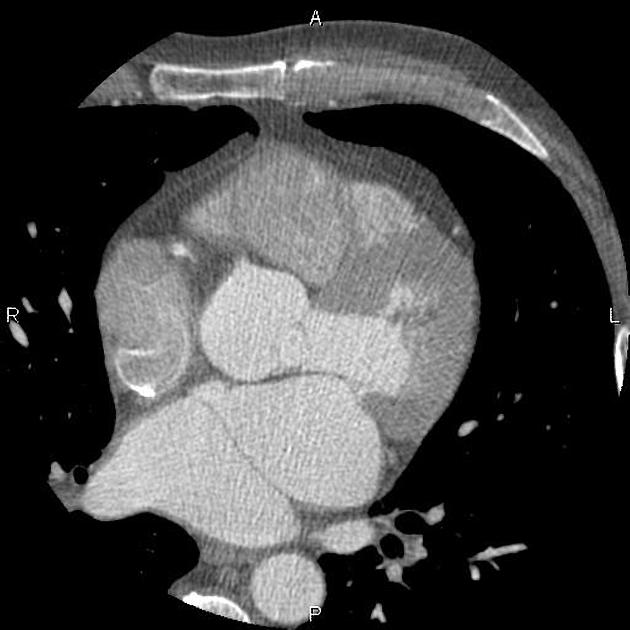
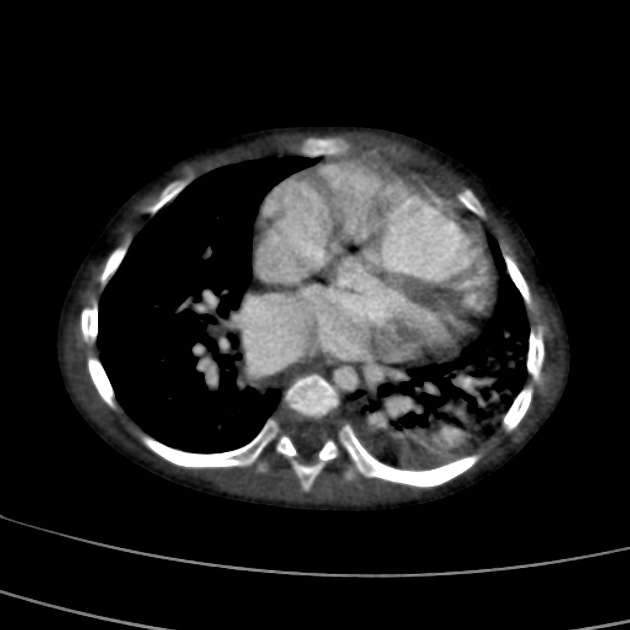
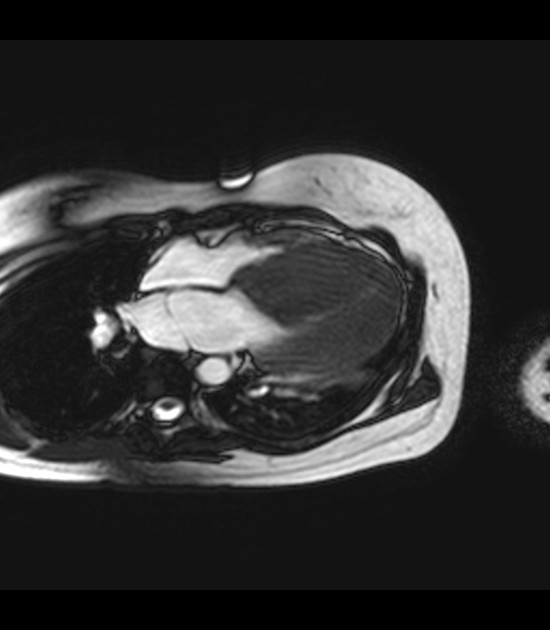
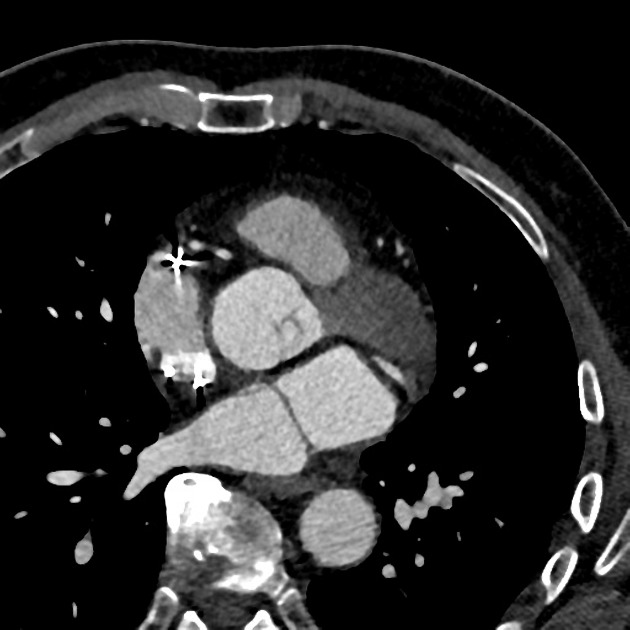
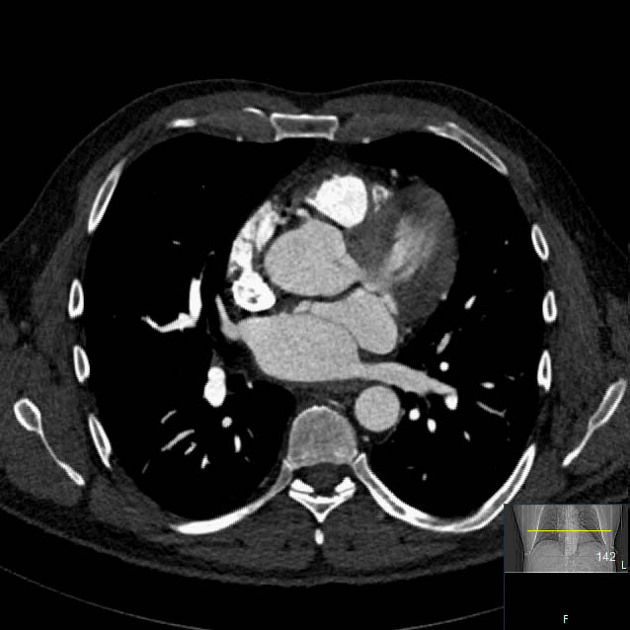


 Unable to process the form. Check for errors and try again.
Unable to process the form. Check for errors and try again.